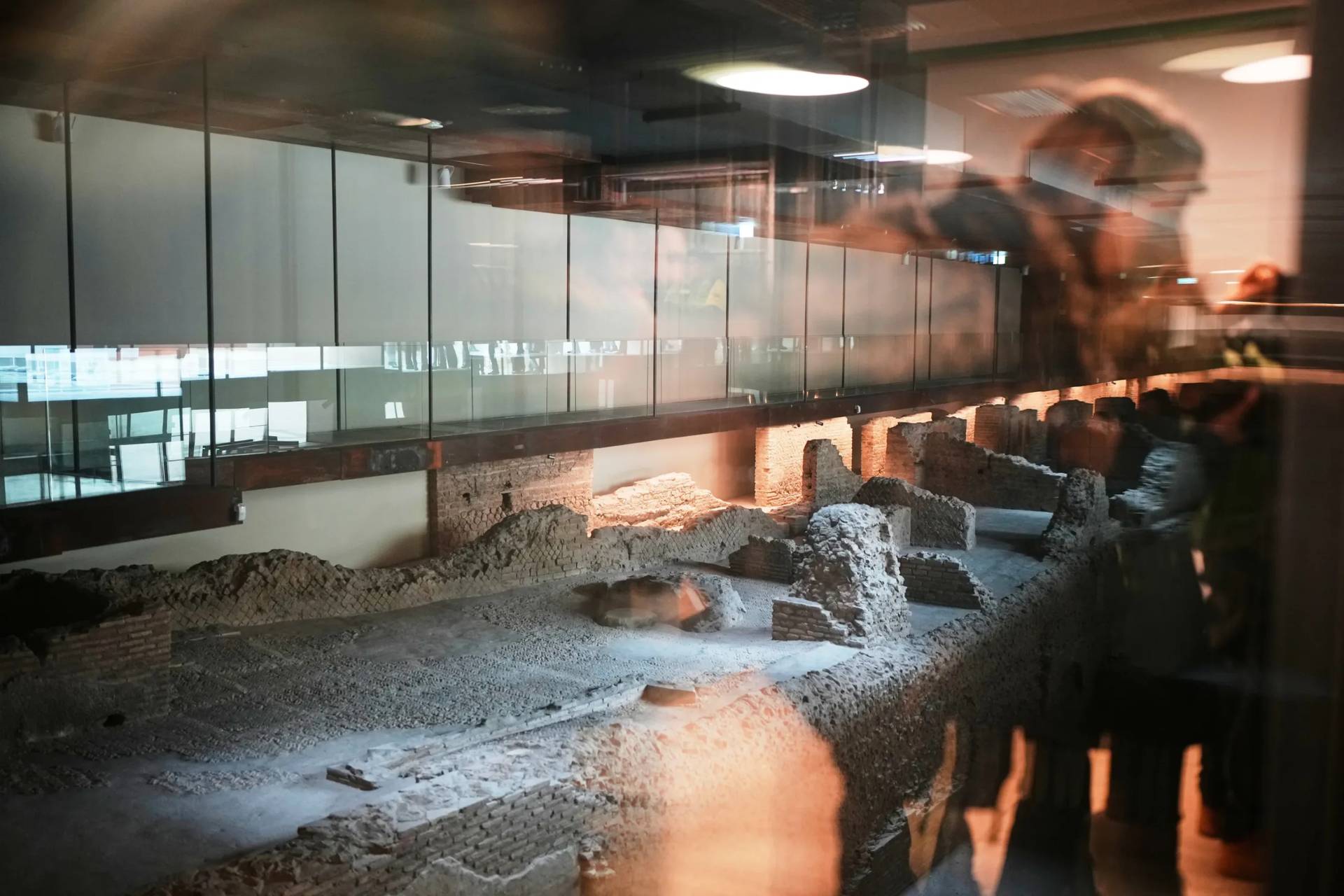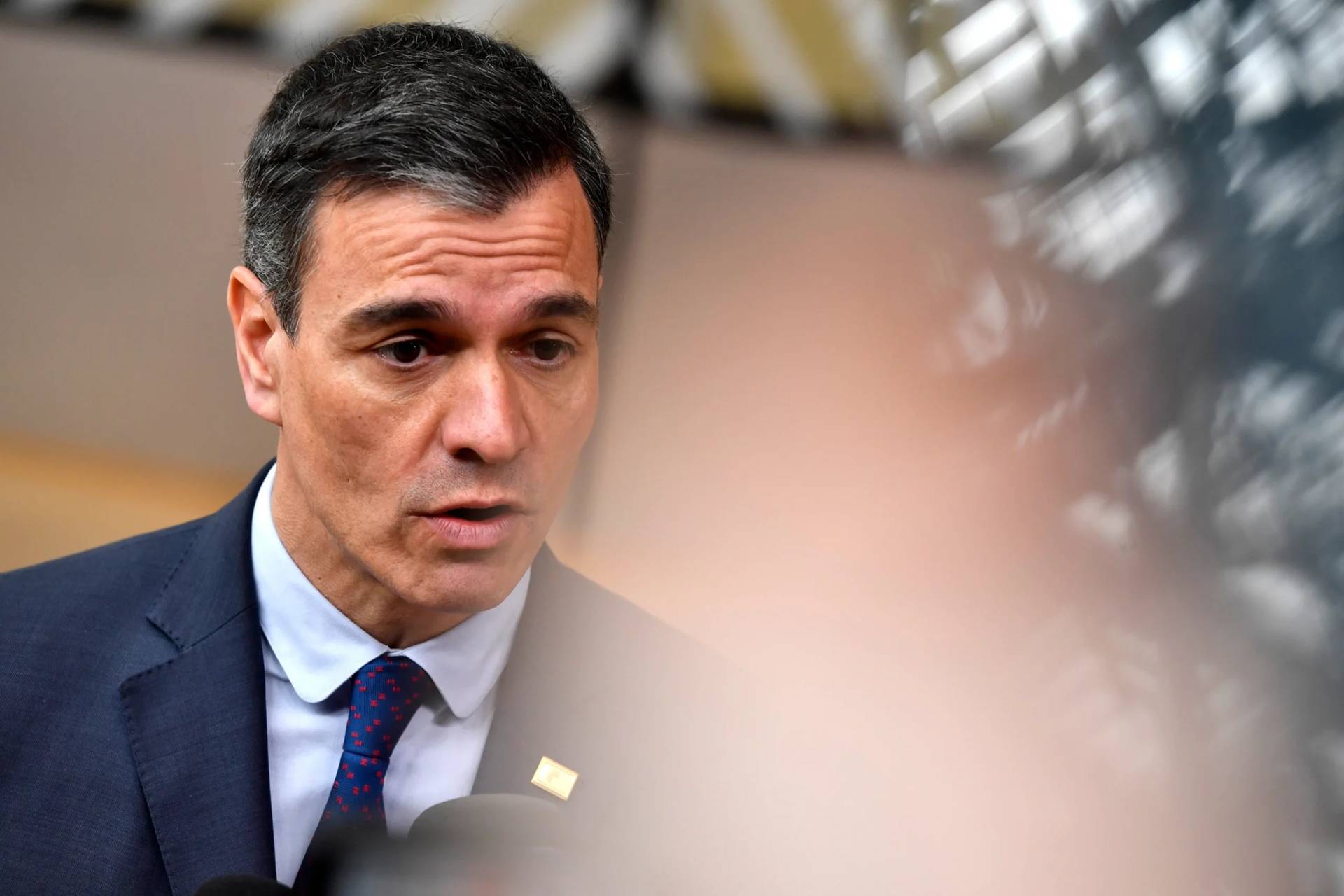Dutch priest Father Willem Hellemons (1810-1884) was a parish priest in the village of Oudenbosch, in the south of the Netherlands.
Although in the heart of Northern Europe, the church he built seems like it was transported from the south of the continent.
The inspiration for the church in the village – population 13,000 – came from his own time in Rome.
Between 1829 and 1834 Hellemons received his priestly formation in the Eternal City. Dutch author Mark Buijs wrote a book about the parish priest of Oudenbosch and tells us that Hellemons “loved the decorum of the Southern European city and fell for its charms.”
In 1840 Hellemons founded a congregation of Brothers of Saint Aloysius Gonzaga, who also ran a boarding school in the village of Oudenbosch. In the next 25 years several buildings and an Italian style chapel were built.
“At that point Hellemons had exactly what he wanted: A Roman square with a fountain in the middle and an atmosphere you can’t find anywhere else in the Netherlands,” said Buijs.
“On a summer evening the buildings look so pretty lighting up. You would never think you’re wandering around in the Netherlands somewhere,” the author continued.
Paid by himself
At a time when the Catholic hierarchy in the Netherlands had not yet been reestablished after the Reformation (which happened in 1853), the apostolic vicar of the city of Breda thought that what happened in Oudenbosch was far too provocative.
The emancipation of Dutch Catholics was only just underway, and he felt that they shouldn’t be too ostentatious.
Hellemons however, didn’t pay any heed to this warning and decided to pay for the building project himself, with a little help from the wealthy villagers of Oudenbosch.
In 1867 construction started on its most famous project, the current basilica: A smaller version of St. Peter’s Basilica with the façade of the Roman archbasilica of St. John Lateran.
“Hellemons didn’t seek to imitate, but to follow,” Buijs explained.
The parish priest then decided to attract the famous Dutch architect Pierre Cuypers.
“I think Cuypers succeeded very well in getting the proportions right,” said Buijs. “When I visited St. Peter’s Basilica in Rome, I wasn’t just impressed by the building, but also with what I remembered from Oudenbosch. The building in Rome is much bigger and you perceive it in another way, but the spatial experience is exactly the same.”
True craftsmanship
He said the cupola of the basilica in Oudenbosch is an example of this.
“It is much smaller than the hole on which it stands. It’s a floating cupola and a very smart construction. Just think that it was all made from brick. It’s incredible that Cuypers was able to measure it and draw it, but I think it’s just as incredible that the masons of Oudenbosch were able to build it, since they weren’t used to building these kinds of things at all. The drawing may be beautiful, but in the end, it comes down to it being correctly built. This they have done, because it’s all still standing. You can say the same of the proportion of the columns, the pillars, the bases and the frameworks. It’s all just true craftsmanship,” Buijs continued.
The basilica is not the only building still standing in Oudenbosch. There is also the chapel.
“That building is now owned by a foundation who bought it off the congregation. The idea is that the municipality of Oudenbosch will eventually be its owner. In that way the municipality will also be responsible for everything in it, furniture that belongs to the chapel and is a part of its history,” Buijs explained.
Apart from the chapel, the rest of the boarding school and the monastery will be repurposed: These buildings were commissioned by a housing association for the construction of new houses.
This meant the buildings could be saved, Buijs said, since “the association took responsibility for them.”
A new purpose was also found for other parts of the religious heritage in Oudenbosch. In the former Jesuit monastery for example, a restaurant can now be found. The observatory in the building is being used again.
Unbridled ambition
In this way Willem Hellemons still puts his mark on the village of Oudenbosch, more than a century after his death. Buijs: “With his unbridled ambition he created a heritage that determined the identity of Oudenbosch. It was his ambition to give the parish where he was going to work a touch of his Roman years, and seen in that light, he did a pretty decent job. It’s lovely to show off and tell people about it. And it’s amazing that all these buildings are still here, because someone had a vision in his head and knew how to get things done.”
This article was originally published in the Dutch Catholic weekly Katholiek Nieuwsblad on March 29th 2019. It was translated for Crux by Susanne Kurstjens-van den Berk.
















